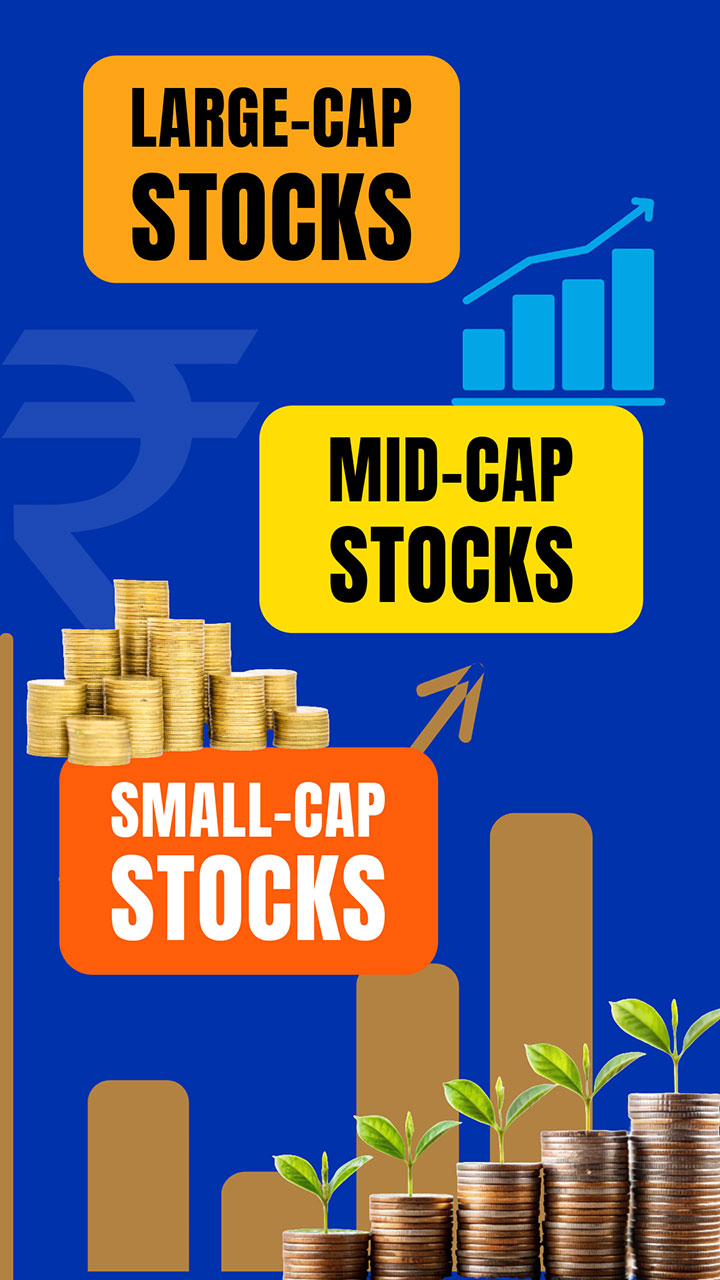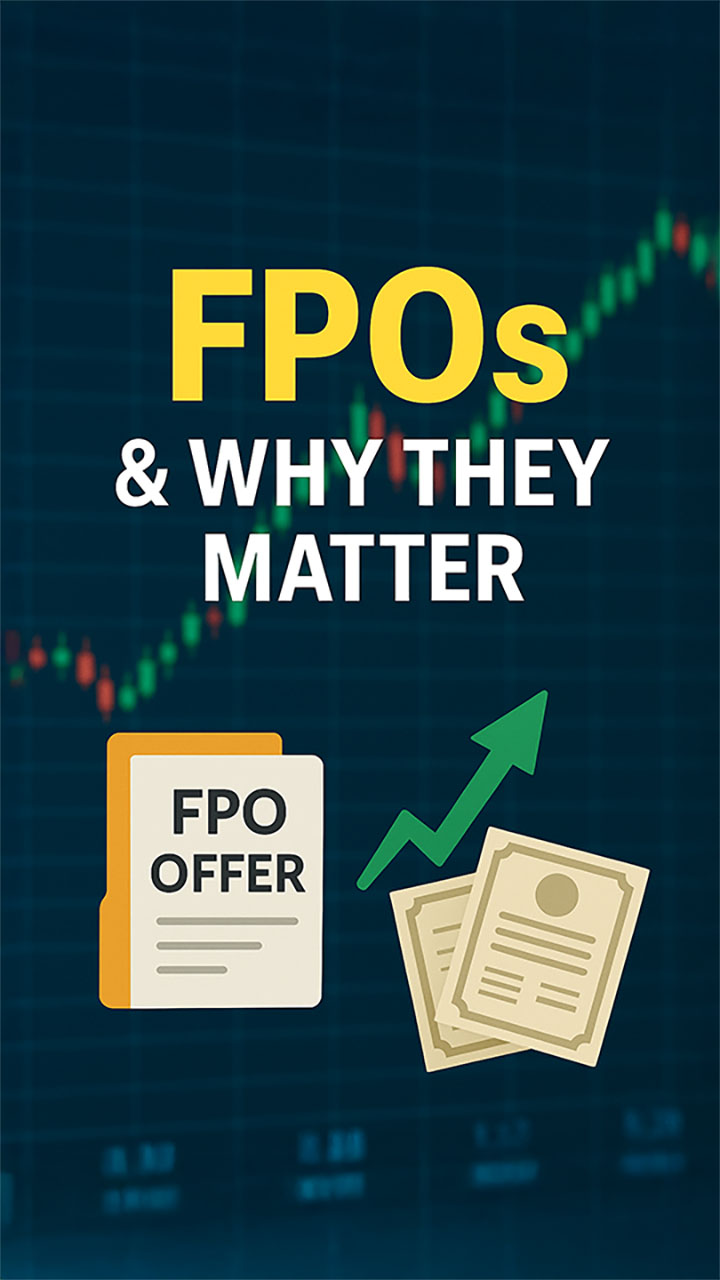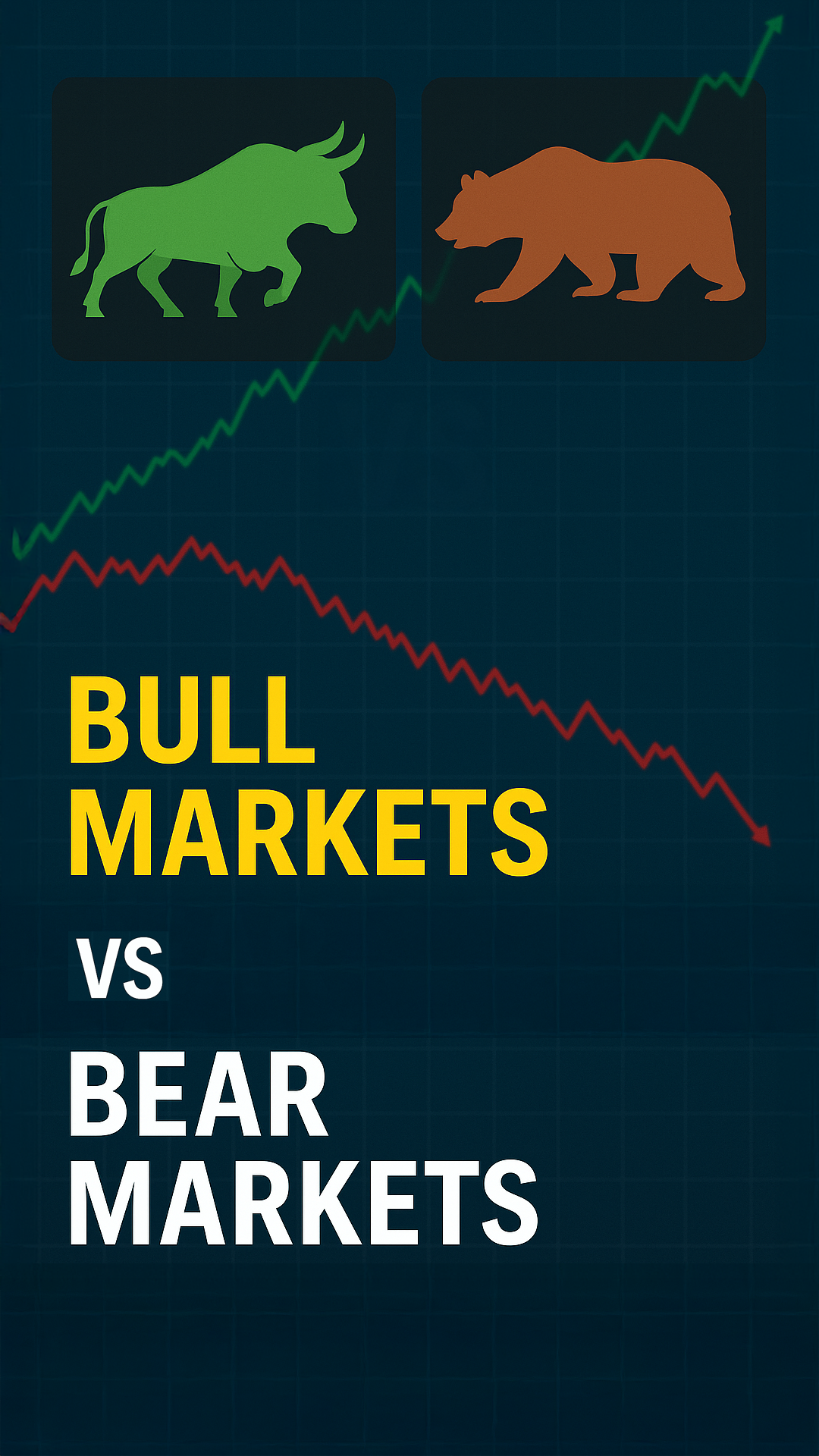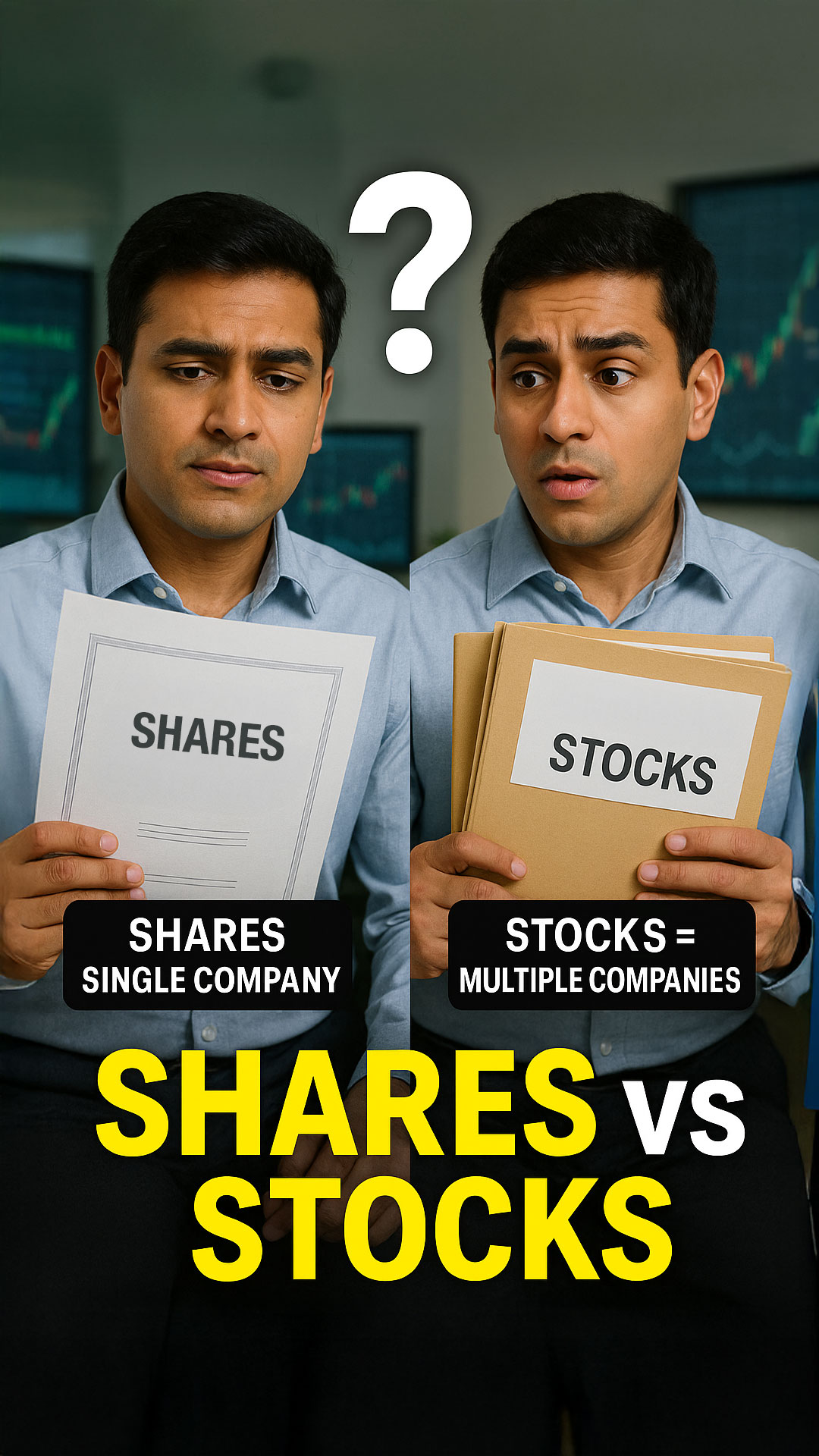Shares, Stocks, Bonds: Where All Can You Invest in The Market?
When it comes to market investments, most people immediately think of stocks and shares. But there’s a whole spectrum of investment options you could explore. This video breaks down several such types of investments, each with their unique characteristics, benefits, and risks.
First, we’ll cover the basics, starting with shares and stocks, which refers to holding partial ownership in companies. Next, you’ll dive into bonds, which tend to have lower risk but also offer lower returns. For those seeking diversification, mutual funds and Exchange-Traded Funds (ETFs) can be suitable options. They offer professional management and flexibility.
We’ll also explore gold investments, including digital gold, Gold ETFs, and Sovereign Gold Bonds. They can be suitable for those looking to hedge against inflation. If you're interested in realty without actually owning property, Real Estate Investment Trusts (REITs) might be an ideal choice.
The video further covers derivatives, government-backed securities, and even opportunities to invest in international markets. These diverse asset classes can serve different investment needs, from those seeking high returns to those looking for stability.
No matter your risk appetite or financial goals, there’s an investment type that aligns with your strategy. Tune in to Academy for more such insights on building a diversified portfolio!

Key Takeaways
Shares and Stocks: Represent ownership in a company and can offer dividends
Bonds: Lend money to governments or corporations for periodic interest payments
Mutual Funds: Pool money from multiple investors for diversified investments
ETFs: Trade like stocks but provide diversification, often at a lower cost than mutual funds
Gold Investments: Options like Digital Gold, Gold ETFs, and Sovereign Gold Bonds for hedging against inflation
Commodities: Invest in physical goods such as metals, oil, and agricultural products
REITs: Real Estate Investment Trusts allow you to invest in property without owning physical real estate
Derivatives: Complex financial contracts based on underlying assets like stocks and commodities
What to Watch Next
Bites
















































